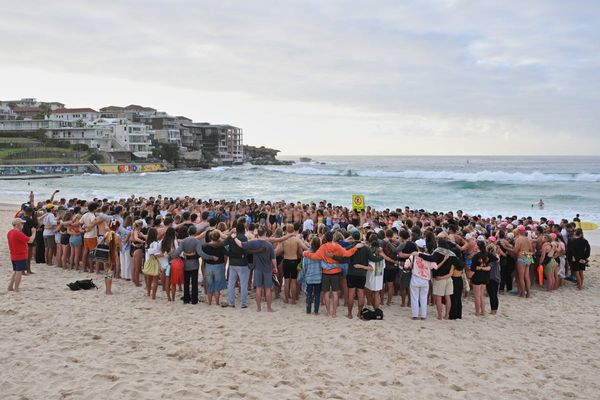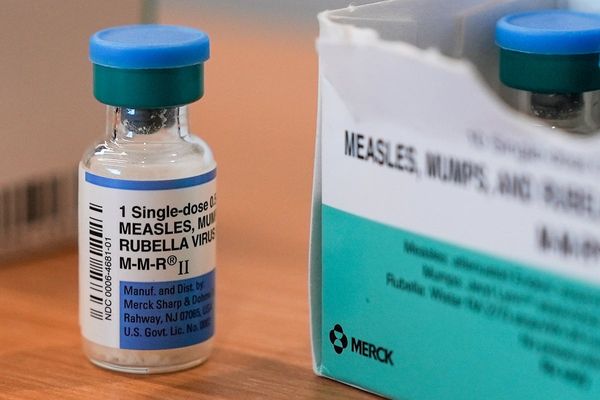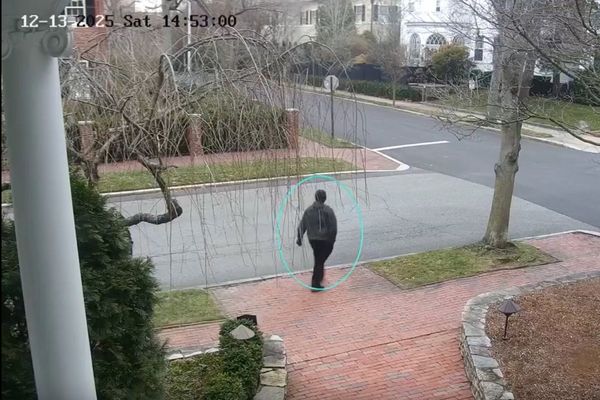
Hulk Hogan broke containment. As popular as professional wrestling became during the 1980s, its ins and outs were not as well-publicized as the highlights of more superficially respectable sports such as football, baseball and basketball. Even non-sporty 80s kids could probably name a bunch of teams and a few ultra-famous players such as Michael Jordan, Joe Montana or Darryl Strawberry. Wrestlers, meanwhile, were essentially both the players and the teams, which should have made them easier to differentiate – but, in reality, made the whole thing seem like a TV show that you either watched, or you didn’t. Hulk Hogan, who died this week just shy of 72, was different. For better or worse.
Hogan, born Terry Bollea, had a wrestling career that synced near-perfectly with wrestling’s growing 1980s-era popularity. After bouncing between the World Wrestling Federation (the Vince McMahon-run organization now known as WWE) and the American Wrestling Association in the early 80s, Hogan returned to the WWF in 1983 and presided over an outbreak of what was diagnosed as “Hulkamania”. Even those who received the proper vaccinations against Hulkamania – namely, not paying attention to wrestling – could see the symptoms manifesting in others, and especially in the Hulkster himself. The red-and-yellow shirt he would tear off, the biker stache, the bandanna atop his thinning blond mane became instantly recognizable trademarks even for non-fans.
He was so recognizable, in fact, that it’s surprising in retrospect that he wasn’t able to make the jump to feature films, his inability to establish a movie-world beachhead so vivid that later stars such as Dwayne Johnson and John Cena were considered almost miraculous when they made it happen. Even Stone Cold Steve Austin eventually established a somewhat more robust filmography, using supporting roles to consort with the likes of Sylvester Stallone (whom Hogan also knew, via an early part in Rocky III, where he’s ultimately upstaged by Mr T) and Adam Sandler. Hogan, meanwhile, had the one-two punch of a flop wrestling drama (No Holds Barred) and a flop kiddie comedy (Suburban Commando), the latter of which led to a few more movies of that ilk, presumably owed to some kid-driven home-video success.
In terms of both quality and box office, the best Hogan could do was feature in a bizarre meta moment midway through Joe Dante’s anarchic horror-comedy sequel Gremlins 2: The New Batch in 1990. After the movie “breaks” as a result of mischievous Gremlins invading the projection booth, the film cuts to an usher fielding complaints about the holdup. He then makes his way into an auditorium, where a yellow-and-red-outfitted Hulk Hogan is munching popcorn, waiting for the movie to resume. At the behest of management, he loudly berates and threatens the creatures until they roll the film again. It’s his most memorable film moment, and it lasts all of about a minute and a half.
Yet that scene did speak to a bizarre, potent iconography. I had never seen a single wrestling match in my young life, but watching Gremlins 2 in a theater, I already knew Hulk Hogan and understood exactly what his deal was. It was a little odd that he was turning up in my Gremlins movie, but not as odd as it should have been. After all, he wasn’t Larry Bird or Magic Johnson, who were safely ensconced in the world of athletics and accompanying big-budget commercials. Hogan was more akin to a living action figure, or the Kool-Aid Man. You had to hand it to him. By the dawn of the 1990s, he wasn’t just the player and the team; he was the product, too.
But Hogan was also a human, and by many accounts not a particularly good one. In the 2010s, he achieved a twofer of infamy. First, a sex tape he made in the 2000s was leaked. That was all consensual private business, but, more pressing, said tape featured a racist rant from Hogan, including the use of a particularly vile slur. When this portion of the tape came out in 2015, he was banned from the WWE ring, his still-existing merchandise was yanked from store shelves and he was removed from the WWE Hall of Fame.
Well, for a few years. All of those distinctions were reversed by 2019, seemingly not because Hogan did anything more than clumsily apologize several years earlier. Just because, well, who is anyone else to say when someone’s horrible racial slurs are really racist? The more lasting effect of Hogan’s sex tape was that the website Gawker posted a portion of it in 2012. Hogan, quietly bankrolled by the billionaire Peter Thiel, sued the site’s company more or less out of existence. Its assets were sold off and eventually controlled by private-equity firms that did their best to strip them for parts. (Gawker no longer exists, but some of its sibling sites have survived under new ownership.) Hogan was basically hired out as the face of billionaire vengeance.
This is all to say that while Hogan often felt like wrestling’s enthusiastic mascot to the outside world less steeped in the sport, there’s another, less whimsical symbol of capitalism run amok that Hogan also came to resemble. An 80s brand name who went on to feature on several reality TV series, make racist remarks and endorse a variety of questionable products using the power of a billionaire to exact personal vengeance that changed the media landscape? It’s no wonder that Hogan appeared at the 2024 Republican convention to endorse Donald Trump for president. Trump had essentially been following the Hulk Hogan handbook, right down to his refusal to go away. Though his peak was past by the mid-90s, Hogan never well and truly quit wrestling for good.
His non-wrestling career as a jack-of-all-trades all-purpose Famous Brand Name also wasn’t unprecedented. But his particular brand of celebrity did feel like a 1980s novelty that metastasized into American culture as a whole. He was a consummate Famous for Famous figure not because wrestling is fake – plenty of wrestlers have built respectable careers in and out of the ring – but because he brought that fakeness with him, out into the world. There was scarcely a medium he couldn’t cheapen with a Mr Nanny (allegedly a movie), a Hulk Rules (allegedly an album) or a Pastamania (a short-lived restaurant that operated out of the Mall of America). Did anyone really want any of this? Maybe some kids or hardcore fans, which would give all of that a more natural fanbase than Trump-endorsed steaks and fake colleges. Hogan may have left us, but spiritually speaking, Hulkamania never died.







